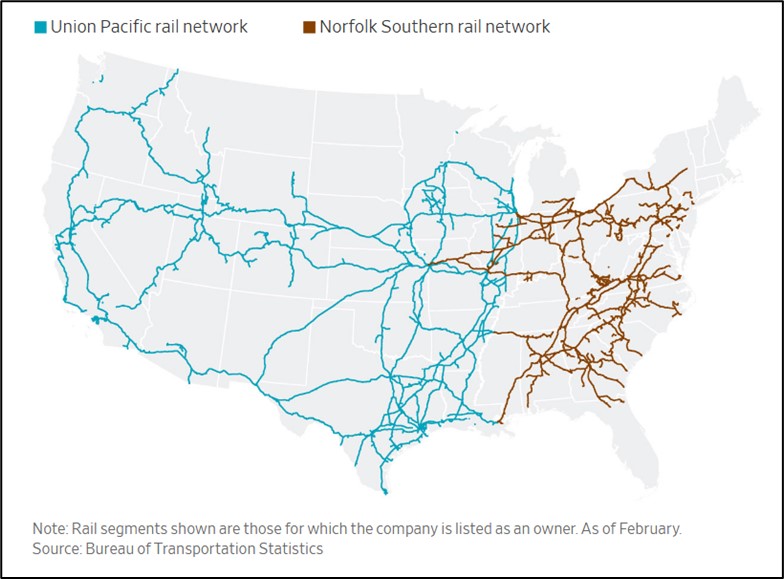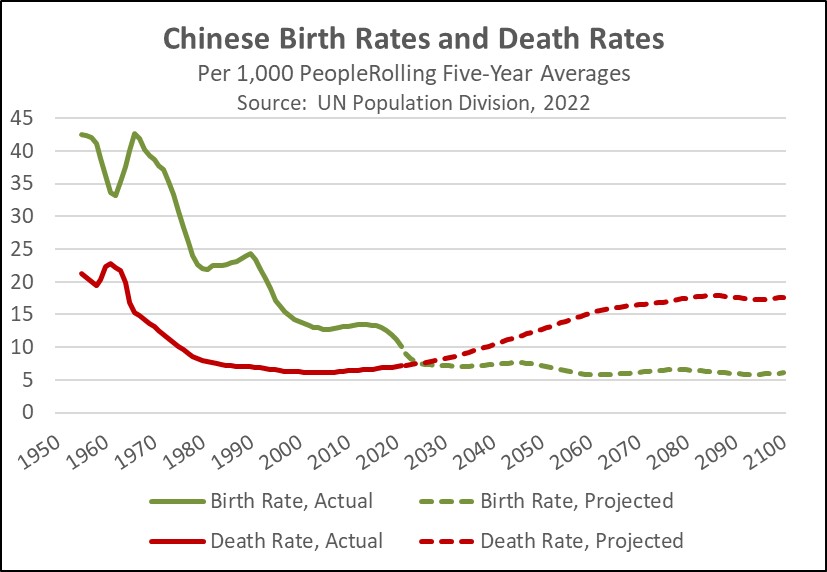by Patrick Fearon-Hernandez, CFA, and Thomas Wash
[Posted: 9:30 AM ET] | PDF
Our Comment opens with an analysis of the latest trade agreements, paying close attention to the strategic use of tariffs and their broader implications. We then examine key international and domestic developments shaping financial markets, including insights on the Federal Reserve’s recent rate decision and noteworthy trends involving major US tech companies.
Trade Updates: While some uncertainty remains, there seems to be growing momentum toward securing trade agreements ahead of the August 1 deadline. Once the current negotiations over country-specific tariffs are concluded, the president may shift focus toward using tariffs for more targeted purposes, such as advancing sector-specific goals or diplomatic objectives. This strategy could further legitimize tariffs as an economic tool to project US power on the global stage.
- President Trump announced that the United States and South Korea have reached a new trade agreement. In a post on Truth Social, the president revealed that South Korea will invest $350 billion in US-owned projects overseen by his administration, along with a commitment to purchase $100 billion worth of US energy exports. In return, South Korea will benefit from lower tariffs on its exports, including vehicles that previously faced a 25% duty, with rates now reduced to 15%.
- The president has also leveraged tariffs to pressure an end to the war in Ukraine. On Wednesday, he imposed a 25% tariff on India — plus an additional penalty — due to its purchases of Russian oil and weapons. This move followed Tuesday’s warning to Russia to make meaningful ceasefire progress within 10 days or face retaliatory tariffs. While Wednesday’s tariff rate is slightly lower than the 27% announced on Liberation Day, the added penalty could push the total higher.
- Demonstrating flexibility on sector-specific tariffs, the administration has granted targeted relief by excluding refined metals from the 50% copper tariffs. This move addressed warnings from American metal producers that insufficient domestic production capacity could lead to severe shortages if imports were restricted. The policy reversal triggered an immediate market response, with US copper prices falling sharply after the announcement.
- Meanwhile, significant momentum remains as multiple countries rush to finalize trade agreements with the US before the August 1 deadline. The most critical negotiations involve Mexico, Canada, and Taiwan — all strategically important for global supply chains. Officials remain hopeful that agreements can be concluded before the deadline passes.
Fed Rate Decision: As anticipated, the Federal Reserve maintained its target range for the policy rate at 4.25% to 4.50%. This decision, however, revealed a growing division among FOMC members regarding inflation and the economy’s direction. Notably, for the first time since 1993, two Fed governors, Michelle Bowman and Christopher Waller, dissented in favor of a rate cut.
- While not explicitly stated, Federal Reserve officials appear increasingly concerned about the potential for short-term stagflation. During Wednesday’s press conference, Chair Jerome Powell acknowledged downside risks to the economic outlook while emphasizing that, in the Fed’s baseline assessment, the inflationary impact of tariffs would likely prove transitory.
- The central bank is sending mixed signals. While Chair Powell affirmed the labor market’s strength by pointing to low unemployment, he also underscored weak demand and stagnant hiring. This contradictory framing implies that the labor market’s resilience stems from a limited labor supply, rather than vigorous job creation. In essence, supply-side constraints are currently overshadowing demand-side frailties. This shift away from the Fed’s usual emphasis on demand-driven policy is notable given policy uncertainty.
- With a divided Federal Reserve, the upcoming meeting among officials could be particularly contentious. We anticipate the next two months of data will provide strong guidance for the next rate move. Given the central bank’s acknowledgment of a temporary inflation bump due to tariffs, the likelihood of a rate cut will likely hinge more on labor market data than inflation figures.
Treasury Quarterly Refunding: The Treasury Department announced plans to maintain its current pace of longer-term debt issuance, consistent with volumes from the previous five quarters. This measured approach is designed to mitigate any adverse impact on long-term interest rates, given their particular sensitivity to the pace of debt issuance. As a result, our expectation is that long-term rates will largely remain stable.
Nvidia Caught in the Middle: Chinese officials summoned the chipmaker to discuss security risks associated with its H20 chips. These concerns stem from comments by a US lawmaker advocating for tracking capabilities in advanced chips. While Nvidia aims to operate in both markets, it might be forced to choose between the US and China in their race for technological supremacy. Such a decision could significantly weigh on the sentiment of certain tech stocks, given the sector’s substantial revenue exposure to China.
AI Demand Robust: Meta and Microsoft both surpassed market expectations for their AI-related earnings, reflecting strong demand for their services. AI continues to be a major driver of market sentiment, easing investor concerns about the significant spending on capacity building. While the AI rally might seem crowded, there are still signs that its momentum will continue over the coming months.
Nuclear Talks: Iran has declared it will not discuss its nuclear program until the US agrees to compensate it for past attacks and provides guarantees against future aggression. These demands emerge as both sides seek to establish terms for talks following the recent 12-Day War between Iran and Israel, which concluded with US intervention. Further negotiations could pave the way for a long-term resolution to the dispute over Iran’s nuclear program.
Industrial Espionage: Australia alleges that foreign spies have targeted its sensitive rare earth sector, Antarctic research, and its involvement in the AUKUS submarine pact to gather intelligence. The country estimates that this espionage cost its economy $8 billion in 2024, specifically citing China, Russia, and Iran as particularly active. This report underscores the escalating tensions between Western nations and their adversaries.




